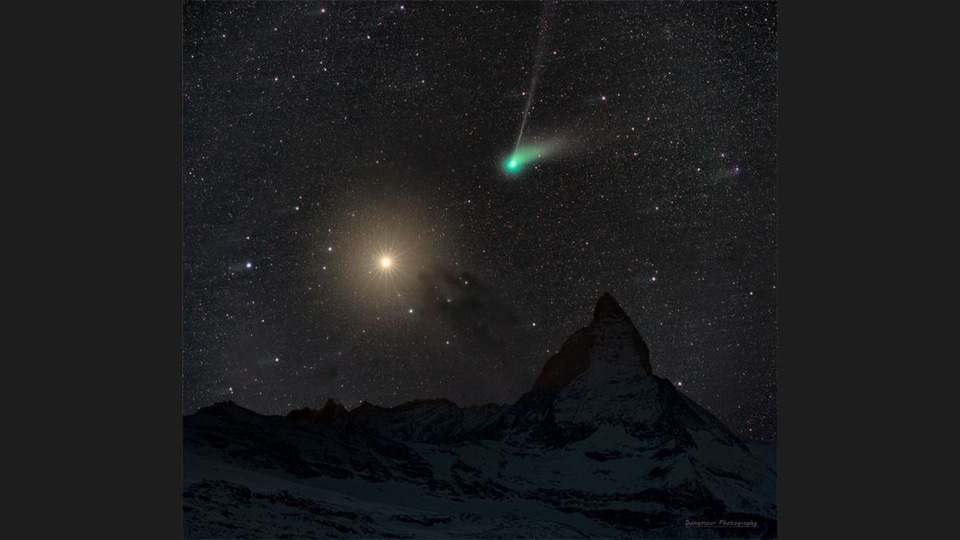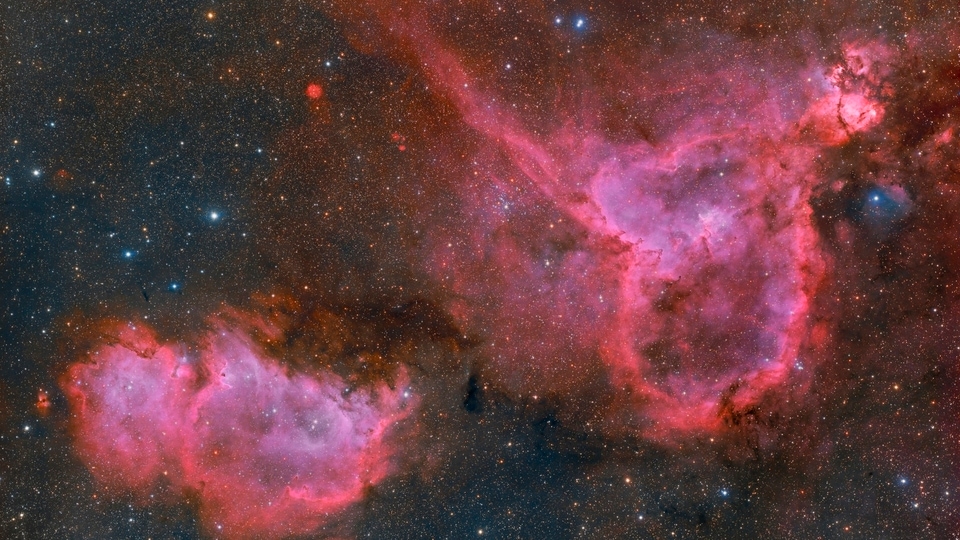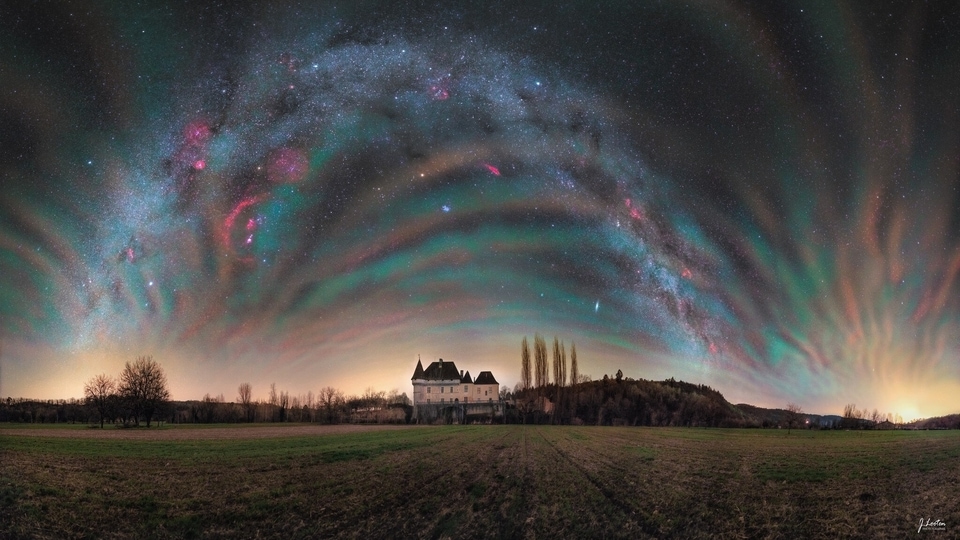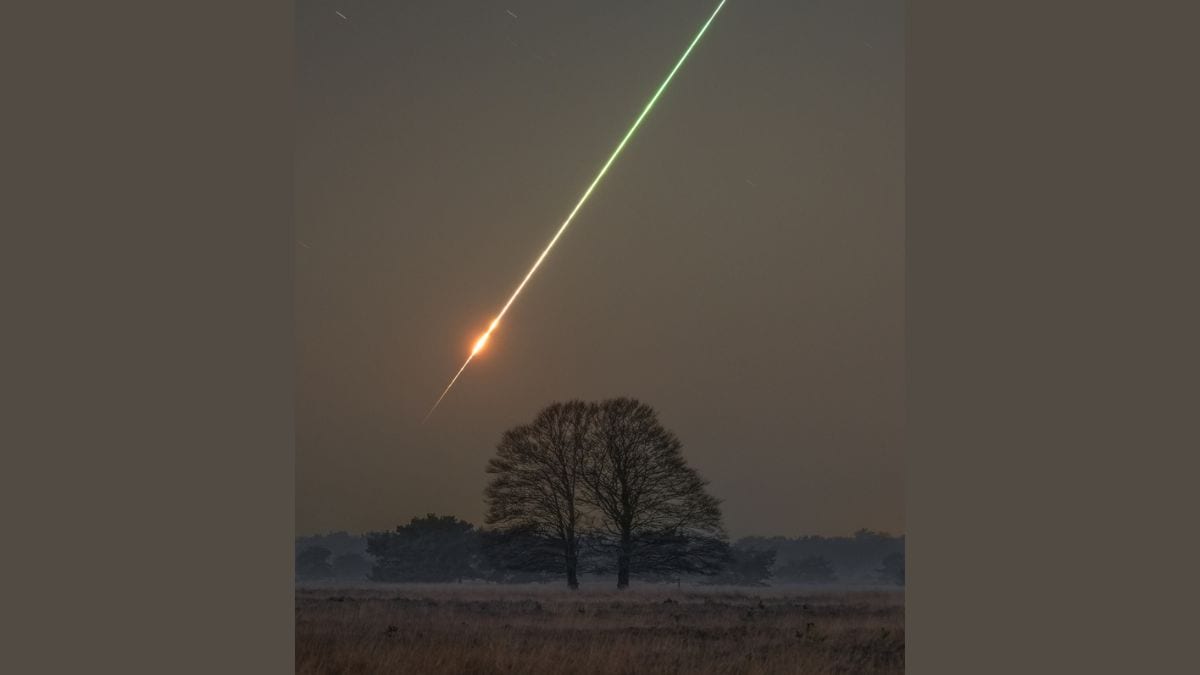NASA Astronomy Picture of the Day 18 February 2023: Magnificent Galaxy from Webb Telescope
NASA Astronomy Picture of the Day is Spiral Galaxy NGC 1365 which has been captured by the James Webb Space Telescope.






 View all Images
View all ImagesNASA Astronomy Picture of the Day 18 February 2023: Since the launch of NASA's costliest and most advanced eye in the sky - the James Webb Space Telescope - it has never ceased to send magnificent images. NASA's Astronomy Picture of the Day presents a captivating snapshot of the Great Barred Spiral Galaxy, also known as NGC 1365 which had been captured by the James Webb Telescope. Located in the Fornax constellation, the reddish swirls surrounding the galaxy indicate recent star formation and potential locations of future star nurseries.
Merely 56 million light-years distant, the NGC 1365 is an enormous barred spiral galaxy about 200,000 light-years in diameter. Surprisingly, that's twice the size of our own barred spiral Milky Way! NASA explains, "Astronomers suspect the gravity field of NGC 1365's bar plays a crucial role in the galaxy's evolution, funneling gas and dust into a star-forming maelstrom and ultimately feeding material into the active galaxy's central, supermassive black hole."
Tech behind Barred Spiral Galaxy image by Webb Telescope
This sharp image from the James Webb Space Telescope's Mid-Infrared Instrument (MIRI) reveals stunning details of this magnificent spiral in infrared light. The intricate network of dusty filaments and bubbles is created by young stars along spiral arms winding from the galaxy's central bar.
What are barred spiral galaxies
Spiral galaxies are characterized by a rotating disc that contains spiral arms extending from a dense central region. The Milky Way is an example of a spiral galaxy.
There are four main classes of galaxies – spiral, barred spiral, elliptical, and irregular. Spiral galaxies are distinguished by their complex structure, which includes a central bulge within a rotating disc that exhibits a spiral pattern originating from the bulge. These galaxies are typically surrounded by sparsely populated halos, roughly spherical regions situated above and below the disc plane.
In contrast, barred spiral galaxies have arms that do not extend all the way to the centre but are connected to a straight bar of stars containing the nucleus at its centre.
Catch all the Latest Tech News, Mobile News, Laptop News, Gaming news, Wearables News , How To News, also keep up with us on Whatsapp channel,Twitter, Facebook, Google News, and Instagram. For our latest videos, subscribe to our YouTube channel.





























